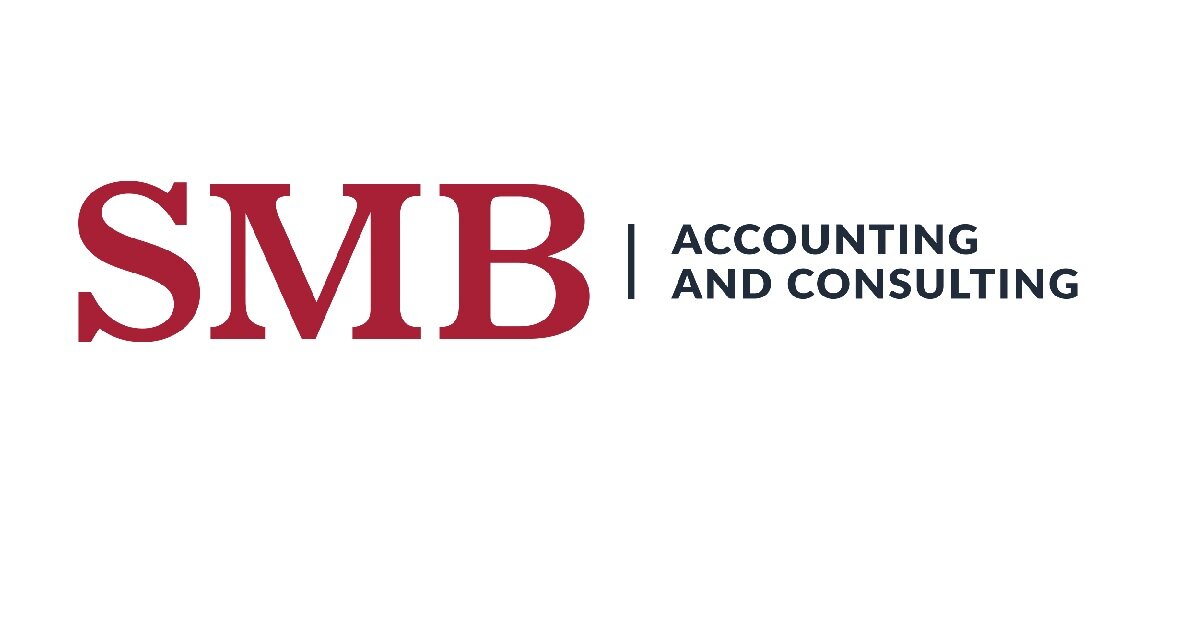Unlocking the Language of Accounting: Understanding Common Terms
Accounting operates within its own language, a system of terms and conventions that serve as the backbone of financial communication and analysis. Understanding this unique language is essential for interpreting financial data, making informed decisions, and effectively navigating the intricate world of business finance.
Cash vs. Accrual Accounting
Cash accounting records transactions only when cash changes hands, providing a real-time view of cash flow. However, it may distort long-term financial health. In contrast, accrual accounting records transactions when they occur, offering a more accurate depiction of the company’s financial position over time by matching revenues with expenses.
Book Accounting and Tax Accounting
Small businesses may notice differences between book accounting and tax accounting. Book accounting follows Generally Accepted Accounting Principles (GAAP) for accurate financial reporting. Tax accounting, on the other hand, follows rules established by the Internal Revenue Service (IRS) to calculate taxable income, deductions, and credits for reporting to tax agencies.
Balance Sheet
Balance sheets provide a snapshot of a company's financial position at a given time, detailing assets, liabilities, and equity.
Assets
Assets represent resources owned or controlled by the company, including tangible items like equipment and inventory, as well as intangible items like patents or trademarks.
Liabilities
Liabilities represent financial obligations or debts owed by the company to external parties, including credit cards, accounts payable, and loans.
Equity
Equity represents the ownership interest in a company, calculated as the residual value of assets minus liabilities. It signifies the net worth of the company and reflects shareholders’ claims on its assets once all debts and obligations are satisfied.
Accounts Payable and Accounts Receivable
Accounts payable represent money owed to suppliers for goods or services purchased on credit, while accounts receivable represent money owed to the company by customers.
Deferred Revenue
Deferred revenue is documented when a business receives advance payment from a customer but has not yet delivered the goods or services. It is represented as a liability on the balance sheet.
Income Statements and Cash Flow Statements
Income statements summarize a company’s revenues, expenses, gains, and losses over a specific period. Cash flow statements track money coming in and going out of a business, essential for covering expenses, debts, and investments.
Revenue and Cost of Goods Sold
Revenue refers to the total income generated by a business from its sales or services. Cost of Goods Sold (COGS) refers to the direct costs incurred by a company to produce goods sold to customers.
Gross Profit and Gross Margin
Gross profit represents total revenue minus the cost of goods sold, while gross margin measures the proportion of revenue that exceeds the cost of goods sold.
Understanding these common accounting terms is essential for sound financial management and decision-making in business. By mastering the language of finance, you can effectively analyze financial data, communicate with stakeholders, and drive your business forward.

